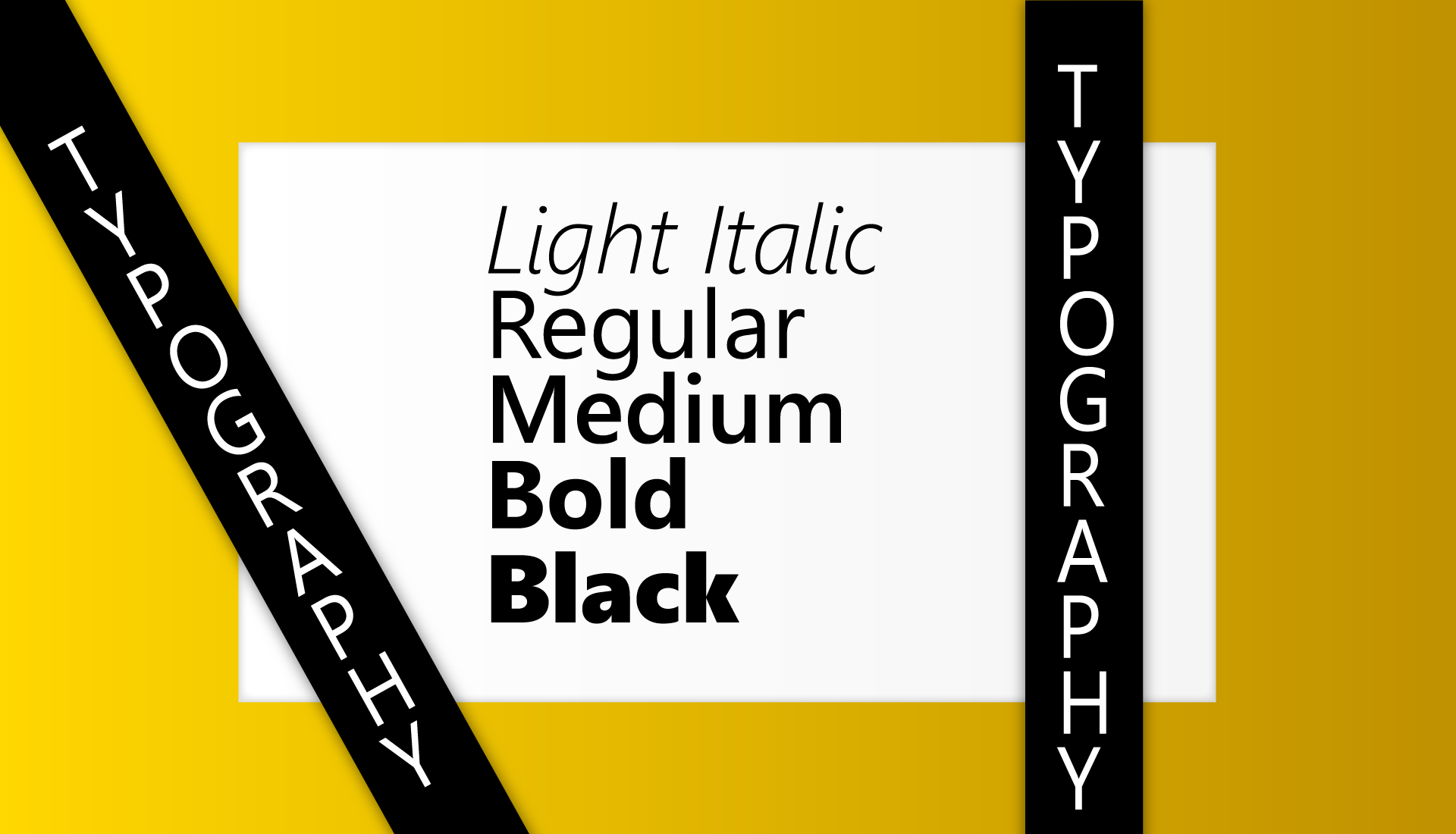The Art of Typography in Branding
In the world of branding, every visual element speaks volumes about your business. Among these elements, typography stands out as a subtle yet powerful tool for conveying your brand’s personality, values, and voice. Typography is more than the fonts you choose—it's a cornerstone of your brand identity that ensures your message resonates visually and emotionally with your audience.
Let’s delve into the art of typography in branding, exploring how to select and pair typefaces that perfectly align with your brand identity.
Why Typography Matters in Branding
Typography goes beyond aesthetics. It sets the tone of your communication and evokes emotions. The right typefaces can make your brand appear professional, approachable, luxurious, or playful. For example:
- People form opinions about your brand in just a few seconds. Colors are oneModern sans-serif fonts like Helvetica often represent innovation and simplicity.
- Classic serif fonts like Times New Roman convey tradition and trustworthiness.
- Playful script fonts suggest creativity and a personal touch.
By aligning your typography with your brand’s values, you create an immediate visual connection with your audience.
Steps to Select Typography for Your Brand
Understand Your Brand’s Personality
Before diving into fonts, take a step back and reflect on your brand identity. Ask yourself:
- What emotions should my brand evoke?
- Who is my target audience?
- What tone of voice does my brand use?
For instance, a minimalist tech brand may lean toward clean, geometric sans-serif fonts, while a luxury fashion label might opt for elegant serifs.
Choose Primary and Secondary Typefaces
Your primary typeface will appear in prominent places like your logo or headlines, while the secondary typeface supports it in body text or subheadings. These fonts should complement each other while offering contrast to maintain visual interest.
- Primary Typeface: Reflects your brand's core personality.
- Secondary Typeface: Enhances readability and balances the design.
For example, pairing a bold serif font for headings with a clean sans-serif font for body text often creates a harmonious look.
Ensure Readability Across Platforms
Typography isn’t just about style—it’s also about functionality. A visually stunning typeface is useless if it’s unreadable. Ensure your fonts are:
- Legible in different sizes.
- Compatible across print and digital platforms.
- Accessible for people with visual impairments (use sufficient color contrast).
Consider Font Psychology
Fonts communicate more than words. Each typeface carries a psychological weight that impacts how your audience perceives your brand. Here are a few examples:
- Serif Fonts: Tradition, elegance, trust.
- Sans-Serif Fonts: Modernity, simplicity, innovation.
- Script Fonts: Creativity, femininity, luxury.
- Display Fonts: Boldness, uniqueness, attention-grabbing.
By understanding font psychology, you can craft a brand voice that speaks directly to your audience.
Tips for Perfect Typeface Pairing
- Contrast Is Key: Combine typefaces with contrasting styles, like pairing a thick serif with a light sans-serif.
- Stick to Two or Three: Using too many fonts can overwhelm your design. Keep it simple to maintain consistency.
- Test for Harmony: Ensure your chosen fonts look cohesive when used together in headlines, subheadings, and body text.
Real-Life Examples of Typography in Branding
Coca-Cola
The iconic Coca-Cola logo uses a flowing script font that reflects tradition and joy. This font reinforces its status as a timeless, classic brand.Google
Google’s sans-serif typeface communicates simplicity, accessibility, and modernity, aligning perfectly with its mission to make information universally accessible.Chanel
Chanel’s sleek, sans-serif logo paired with minimalistic typography speaks to luxury, elegance, and sophistication.
Typography Mistakes to Avoid
- Inconsistency: Using different fonts across platforms weakens your brand identity.
- Overuse of Decorative Fonts: While creative fonts are eye-catching, excessive use can make your design look unprofessional.
- Ignoring Hierarchy: Clear typography hierarchy helps guide the reader’s eye through your content.
Final Thoughts
Typography is an art form that blends creativity with communication. By carefully selecting and pairing typefaces that resonate with your brand’s personality, you can create a memorable and impactful identity. Remember, your typography isn’t just decoration—it’s a powerful branding tool that speaks louder than words.
Take the time to experiment, test, and refine your typography choices. In doing so, you’ll ensure that every letter and word contributes to the story your brand tells.
